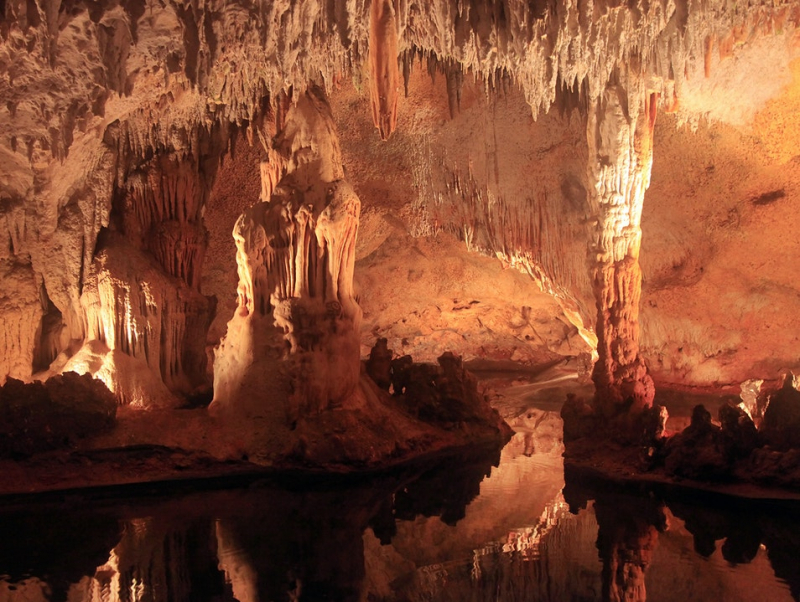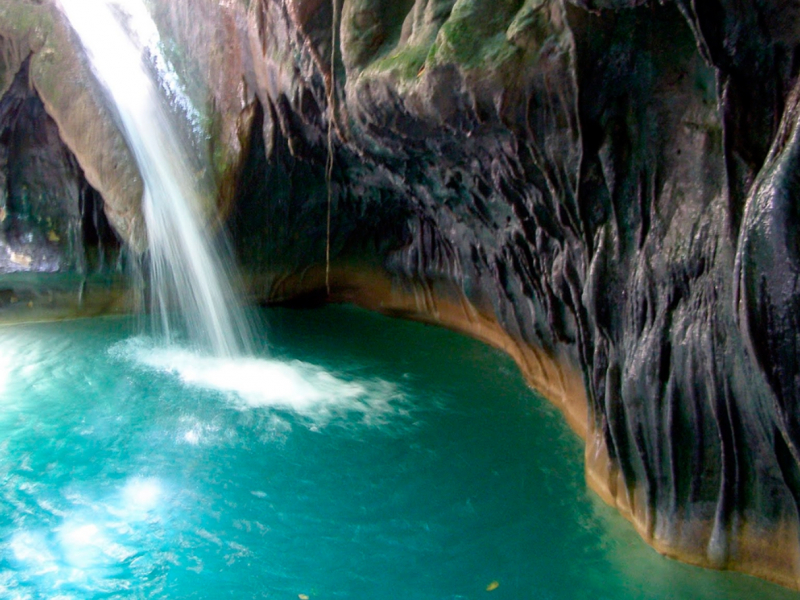Cueva de las Maravillas National Park
Tano Indians located in the Cueva de las Maravillas National Park, is one of the most Impressive Caves in the Dominican Republic. The park is located near the Soco River and Cumayasa, on the road between San Pedro de Macors and La Romana. It is 800 meters long and 25 meters underground, with a 4.5-square-kilometer surface area. On July 22, 1997, the caves were designated as a national park. They are located around 15 kilometers (9 miles) east of San Pedro de Macors and 10 kilometers (7 miles) west of La Romana, in the Dominican Republic's south-eastern region on the Caribbean island of Hispaniola.
It was once known as the Cueva Jaguar until 1949, and it is highly recognized for its old paintings by Taíno Indians. The park is located near the Soco River and Cumayasa, on the road between San Pedro de Macors and La Romana. It is 800 meters long and 25 meters underground, with a 4.5-square-kilometer surface area. On July 22, 1997, the caves were designated as a national park.
Inside the cave, there are approximately 500 murals and engravings on the walls, painted in black and red by the Tanos, the island's ancient inhabitants. It has roughly 10 petroglyphs (rock engravings) and 472 pictographs, according to sources (paintings on the walls). At 69 places, 144 of the 472 pictographs were classed as cryptic or abstract and whimsical groupings. There are also 135 pictographs to look at.
The Water Mirror Gallery, which consists of an artificial lake that reflects like a mirror in the top of the cave, and The Great Panel, in which you can see a cave artwork produced by the Tanos, which symbolizes a funeral ritual, are among the attractions of the caverns of marvel.
Arraijanes, guáyiga, yellow caya, lignum vitae, pegapalo, jasmine, cat's claw, carboy, stick hen, black Cuba, yaya brown, bighorn coffee, cane juice, stick donkey, Pringamosa, and bitter stick are among the 48 natural species found in the flora.
The cave emerges in a limestone reef that is part of the South East Coastal Plain geomorphological unit. Cueva Jaguar was the name given to it in 1926, and Cave of Wonders was given to it in 1949 by Professor Francisco Richiez Acevedo because of the beauty revealed inside and everything visitors could imagine by looking at the figures created by the stalactites and stalagmites, as well as the wide variety of pictographs.
Location: Dominican Republic
Area: 4.5 square kilometres





